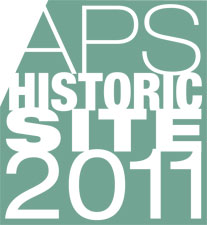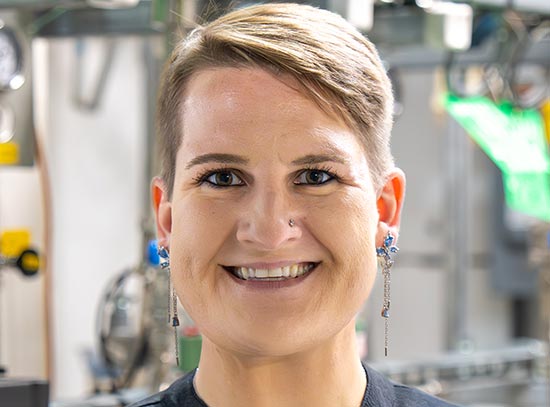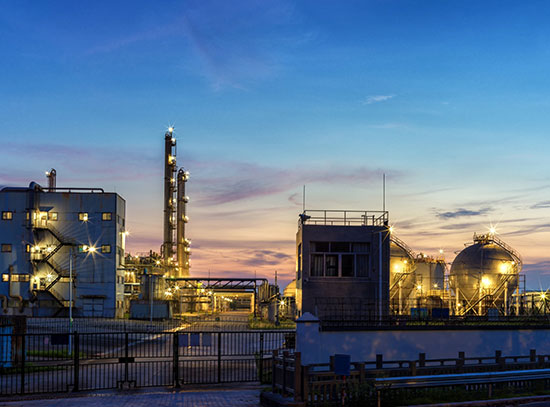American Physical Society Honors Brookhaven National Laboratory
First national laboratory to be named APS Historic Site
September 23, 2011
UPTON, NY — The American Physical Society (APS) — a 48,000-member organization representing physicists in the United States and around the world and publisher of numerous scientific journals — has named the U.S. Department of Energy’s Brookhaven National Laboratory an APS Historic Site.
“This recognition of Brookhaven is a reflection of the Department of Energy’s longstanding commitment to funding basic research across the National Laboratory system,” said Secretary of Energy Steven Chu. “This investment has produced some of history’s most significant advances in fundamental and applied science, with enormous benefit to our nation and the world.”
APS President Barry Barish, a renowned Caltech physicist, will present a plaque in recognition of the honor today as part of a celebratory session recapping Brookhaven’s longstanding contributions to advancing the field of physics and highlighting its plans for the future.
“Today’s award is not for a discovery by a single individual or for a single discovery at an institution. Rather, it is for the extensive series of physics discoveries and forefront science that have been associated with Brookhaven Lab in nuclear and high-energy physics and the physics and chemistry of materials, energy, and the environment, as well as related contributions to biology and medicine,” said Barish.
APS has recognized about 20 other individuals and the laboratories where their work was conducted, as well as locations of important physics events, since it began honoring sites of historic significance in 2004. This is the first time an entire national laboratory has received this prestigious recognition.
Since its inception in 1947, Brookhaven Laboratory has been a leader in nuclear and particle physics experiments around the globe. “Brookhaven researchers’ explorations of fundamental science have resulted in seven Nobel Prizes — five in physics — and insights into some of the most puzzling questions about matter and the universe, as well as advances across scientific fields,” said Brookhaven Lab Director Samuel Aronson. “We are proud to be recognized as an institution for the breadth and depth of these discoveries.”
The official APS Historic Site citation recognizes the Lab’s broad-based contribution to science:
“At this laboratory, over many years, scientists and engineers have made numerous fundamental discoveries in the fields of nuclear and high-energy physics, the physics and chemistry of materials, energy and environment, biology and medicine. Among many landmark experiments are establishing the spin direction (helicity) of the electron neutrino, first observation of solar neutrinos, proof of more than one species of neutrinos, first observation of a lack of symmetry between matter and antimatter, and the principle of strong focusing that led to more compact and powerful accelerators.”
According to the APS Historic Site selection committee, it would have been impossible to pick a single physicist, group, or Brookhaven research facility to represent the broad range of this research. Hence the designation of the entire Laboratory as a Historic Site.
To learn more about Brookhaven’s physics discoveries, visit the Lab’s physics timeline, and take a virtual walking tour of key Lab facilities.
The American Physical Society is a non-profit membership organization working to advance and diffuse the knowledge of physics through its outstanding research journals, scientific meetings, and education, outreach, advocacy and international activities. APS represents 48,000 members, including physicists in academia, national laboratories and industry in the United States and throughout the world. Society offices are located in College Park, MD (Headquarters), Ridge, NY, and Washington, DC.
The APS Historic Sites program was established in 2004 to raise public awareness of physics. For more information, visit: http://www.aps.org/programs/outreach/history/historicsites/
2011-11328 | INT/EXT | Newsroom










